After Outcry, LPC Alters But Presses Forward With Controversial Plan to Change Preservation Rules
Will the changes streamline the application process or pave the way for development at the expense of historic preservation?

Bedford Stuyvesant Historic District
In what some might view as a mea culpa, the Landmarks Preservation Commission has altered but not dropped its controversial proposal to change the rules under which it operates. At its headquarters Tuesday, the agency presented its response to an outpouring of concern during a contentious public hearing in March.
First announced in January, the proposed adjustments will codify, consolidate, alter and add to the commission’s existing rules — changes the agency argues will streamline the application process. Critics say the changes will decrease transparency, allow alterations that were previously prohibited, and pave the way for development at the expense of historic preservation.
“The commission has always engaged in this process in good faith,” LPC Chair Meenakshi Srinivasan made a point of clarifying in her opening comments Tuesday. In April, Srinivasan announced her resignation. Her last day is June 1.
One of the first criticisms addressed was the lack of transparency inherent in the proposal to move a certain number of future applications to the staff level, meaning they will never go in front of the commission.
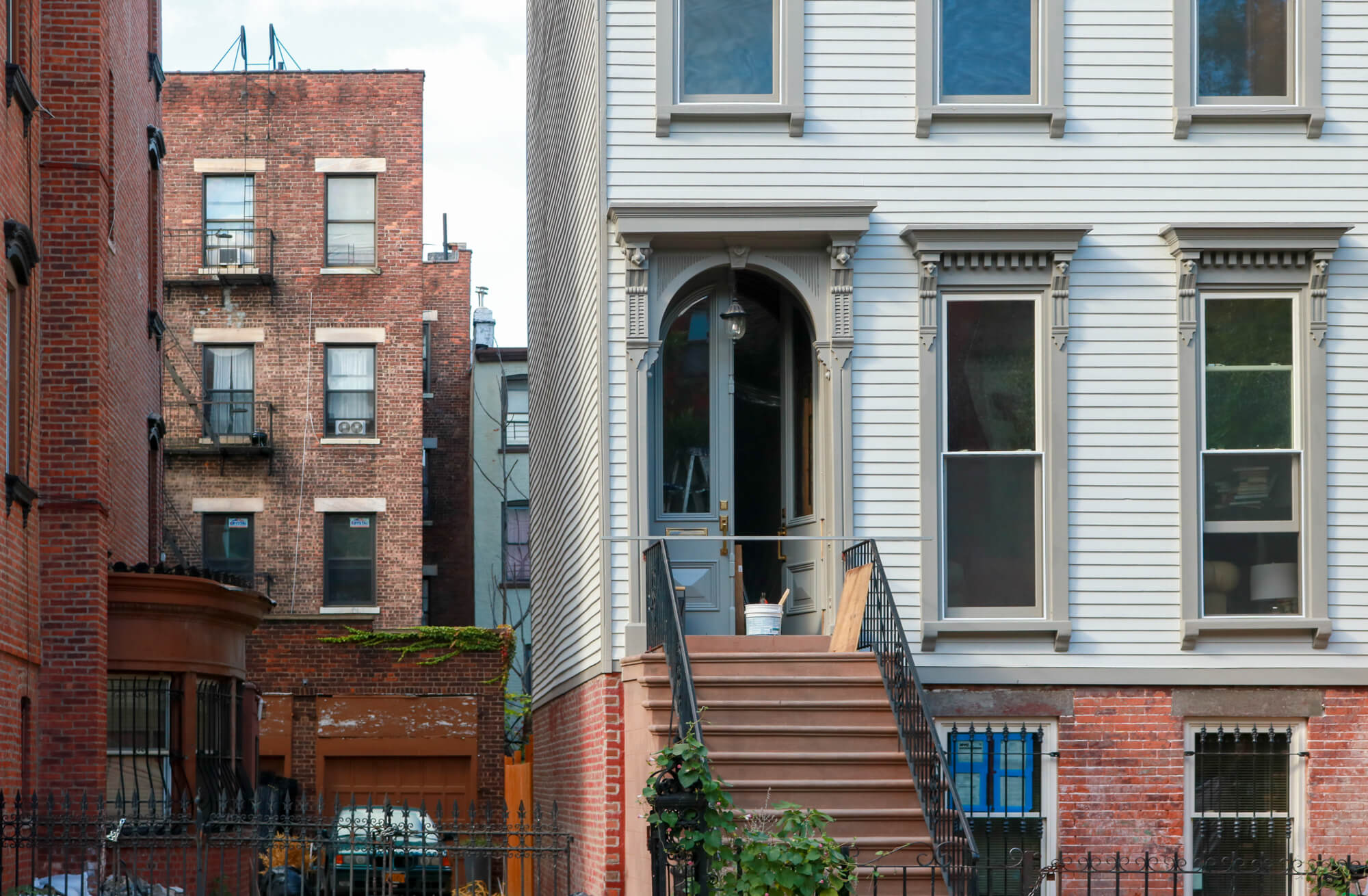
For almost 15 minutes, the audience sat for a presentation of new features that can be found on the commission’s website, which allows greater search functionality and easier access to permit applications through a new interactive map.
“What does this have to do with the rules?” one person in the audience asked under her breath.
In terms of changes that were made in response to the public hearing, many are minor or language-based. The major changes occurred in two areas: rooftop and rear yard additions, and excavation. Srinivasan said that a majority of the complaints they heard were regarding these two areas.
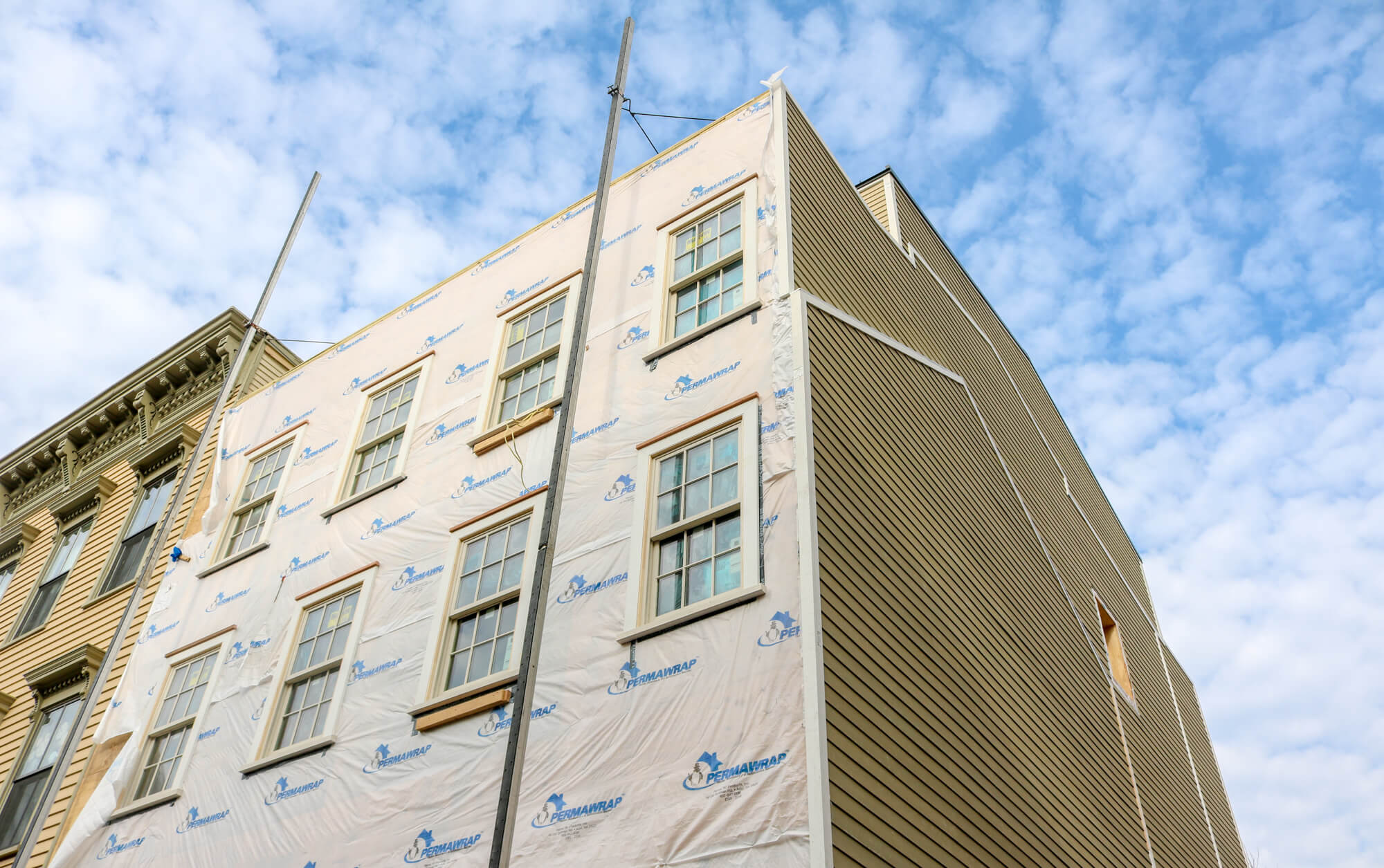
They have now, essentially, been dropped. According to General Counsel Mark A. Silberman, most of the changes to the existing rear yard addition rule and occupiable rooftop addition rule have been removed, as well as all of the changes to the existing “cumulative” addition rule.
The upshot: These types of proposals will continue to be heard publicly by the commission and will not be moved to the staff level.
Other changes to the proposal include the elimination of a provision for removal of cast-iron vault lights (typically found in sidewalks in SoHo), strengthening the prioritization of repair over replacement materials, and narrowing the eligibility of substitute materials based on original material type.
Notably, a proposal that would have allowed owners in historic districts to rip out historic windows and replace them with new ones of any material without any oversight has been abandoned.
During the commissioners’ comment period, many spent time praising the changes to the website and the strength of the commission’s staff. The chair also spent time attempting to quell some of the fears that came out during the public hearing.
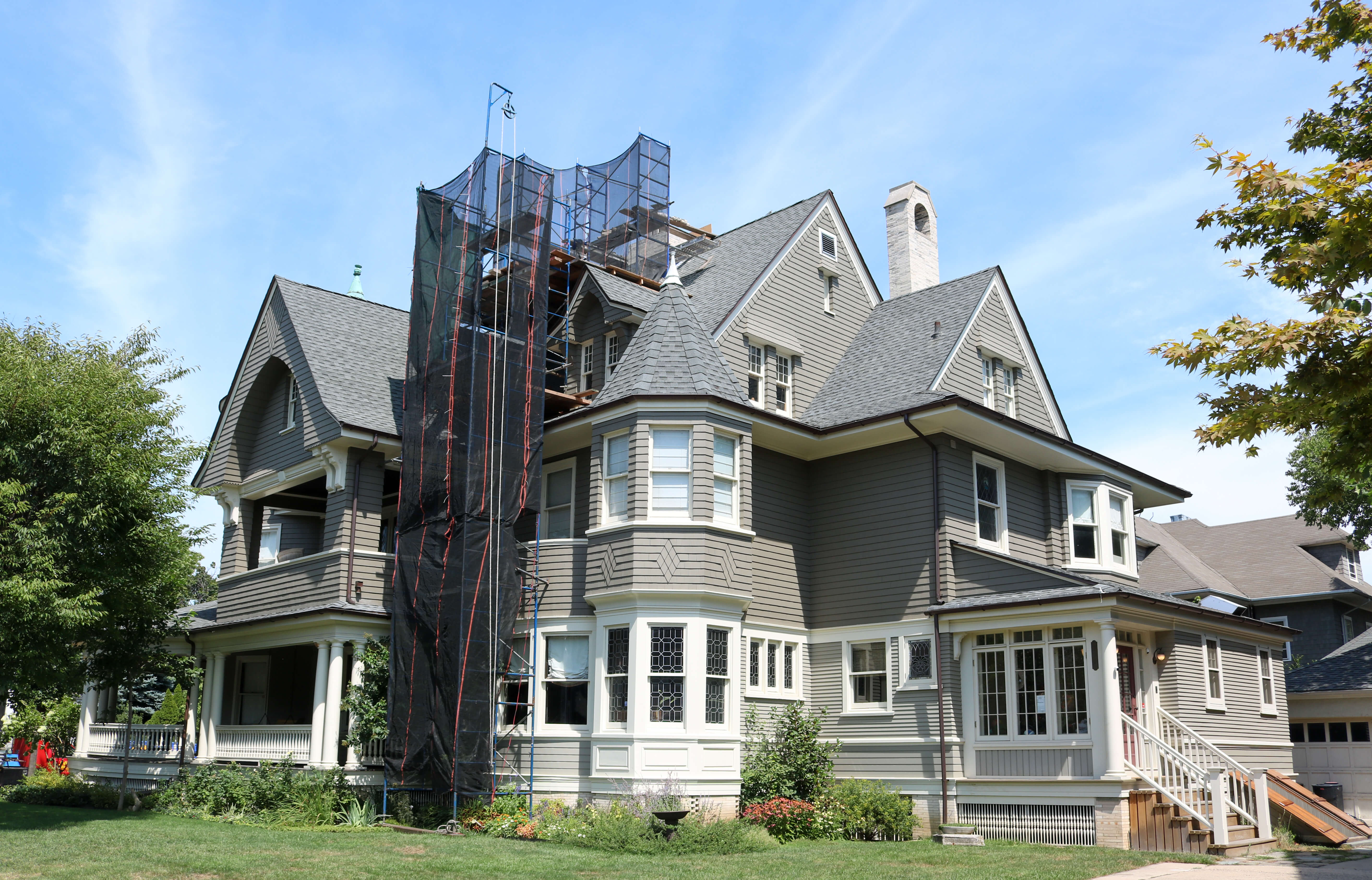
“This will not decrease applications that come in front of the staff,” Srinivasan said.
Commissioners Adi Shamir-Baron and Michael Devonshire both said they think another public hearing is needed before the commission votes on the matter.
But for now, the next step is for the new proposed rules to be drafted. When asked about a timeline, the general counsel demurred.
[Photos by Susan De Vries unless noted otherwise]
Related Stories
- Leading Preservation Groups Urge Landmarks Commission to Drop Major Revamp of Rules
- Public Rips Proposed Changes to Landmarks Rules in Contentious Public Hearing Tuesday
- Neighborhood Groups Call for Ouster of Landmarks Chair Srinivasan and a Halt to LPC Rule Changes
Email tips@brownstoner.com with further comments, questions or tips. Follow Brownstoner on Twitter and Instagram, and like us on Facebook.

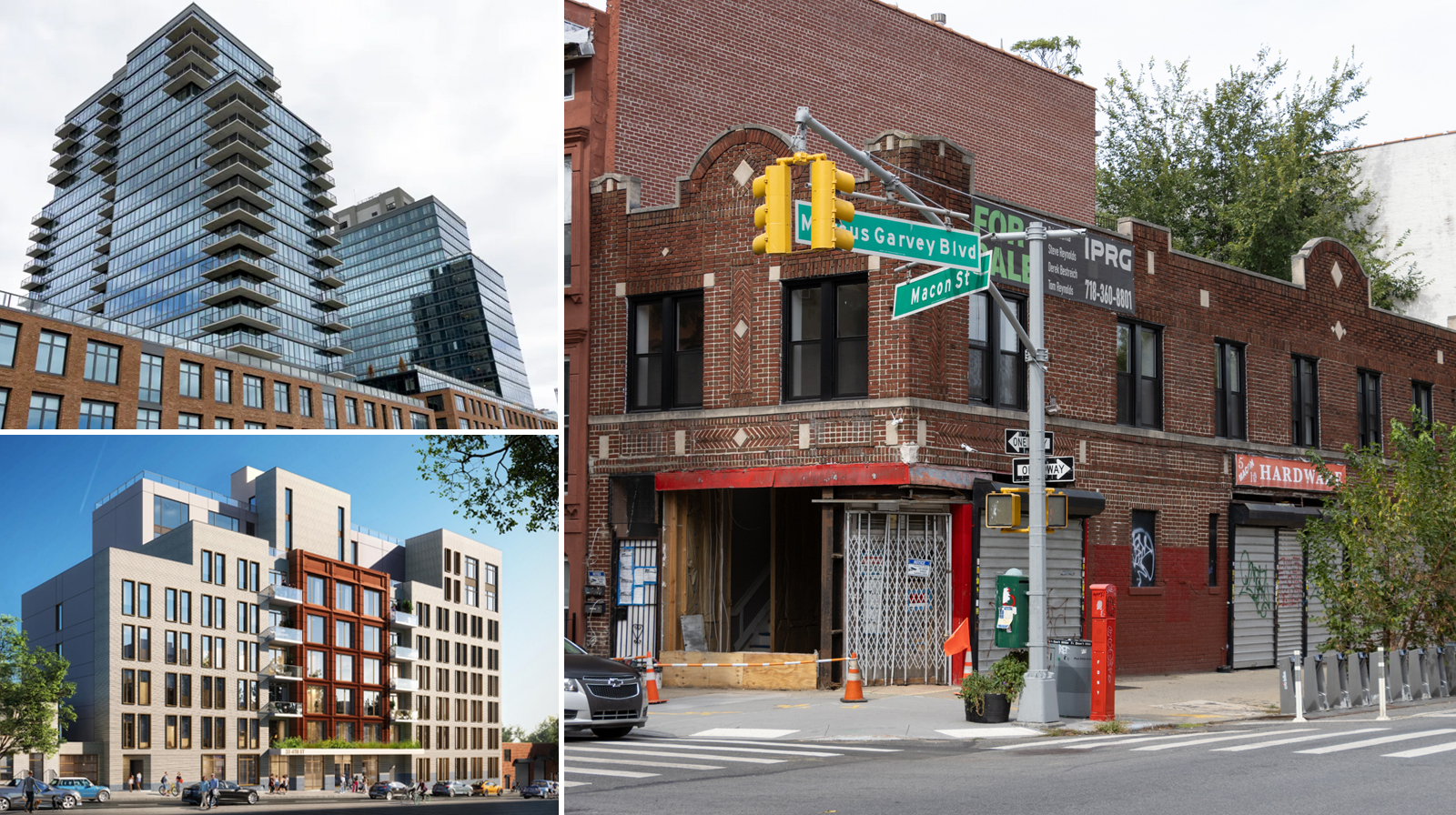
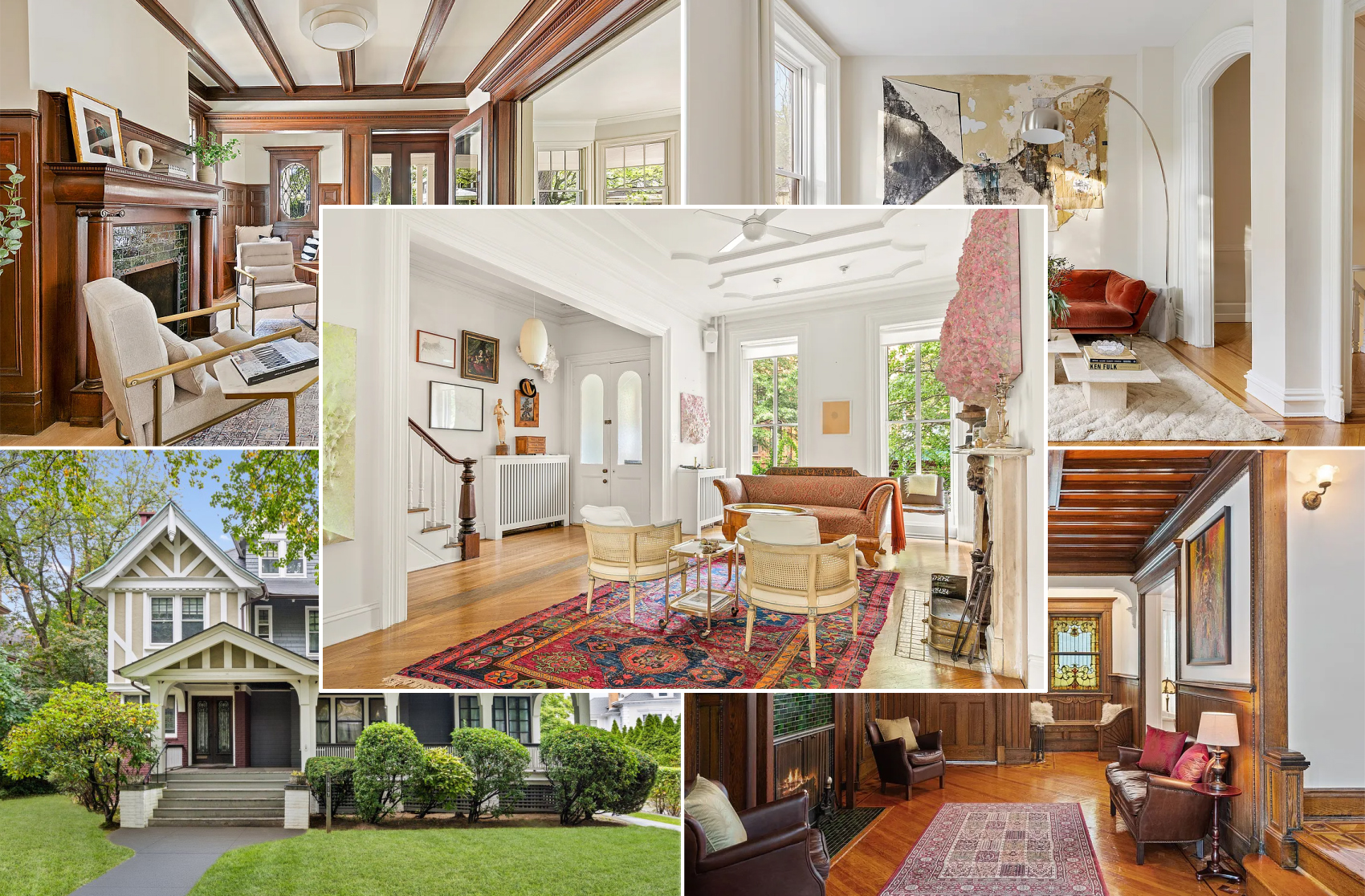
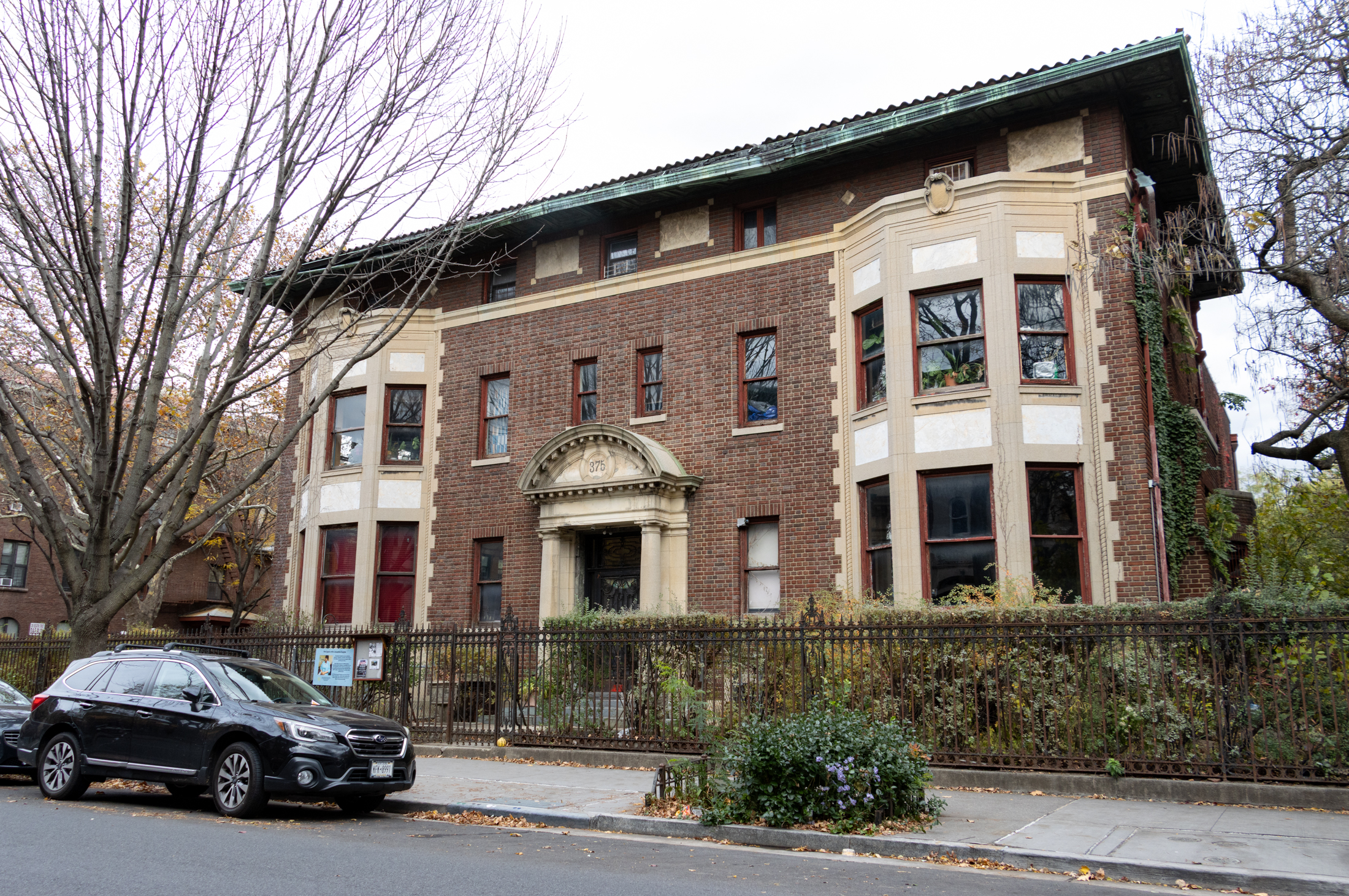
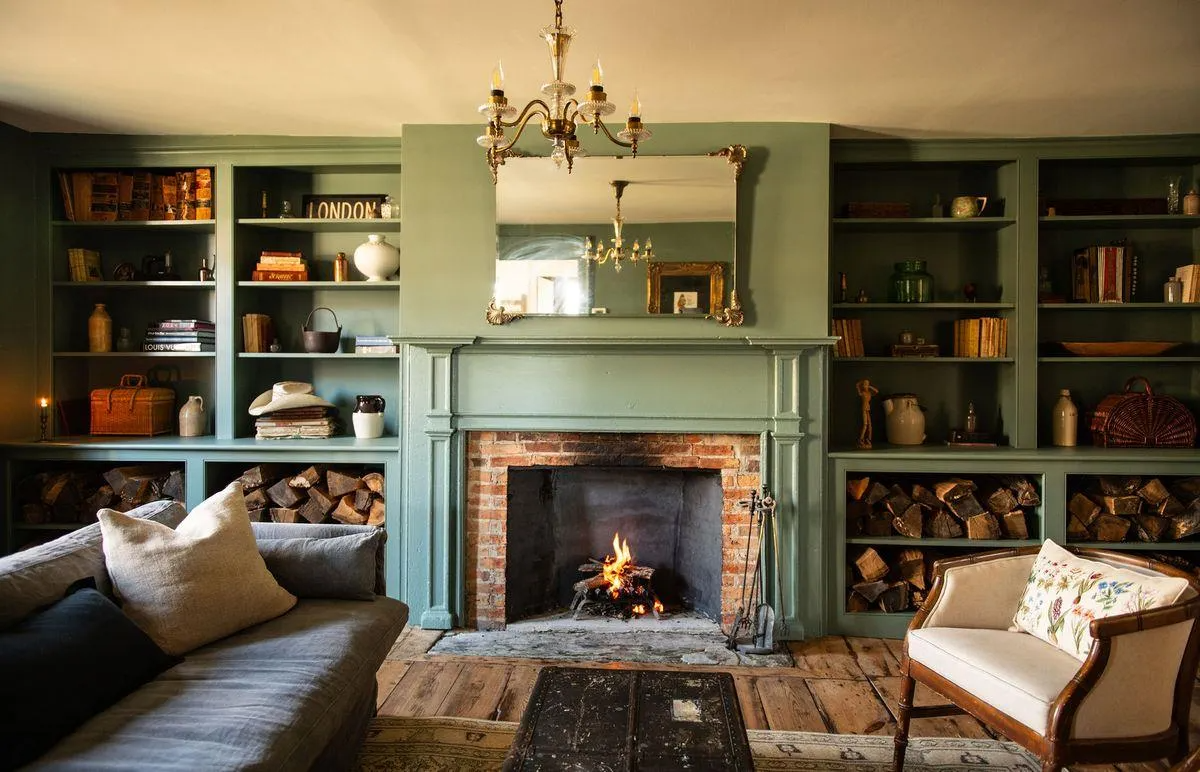
What's Your Take? Leave a Comment